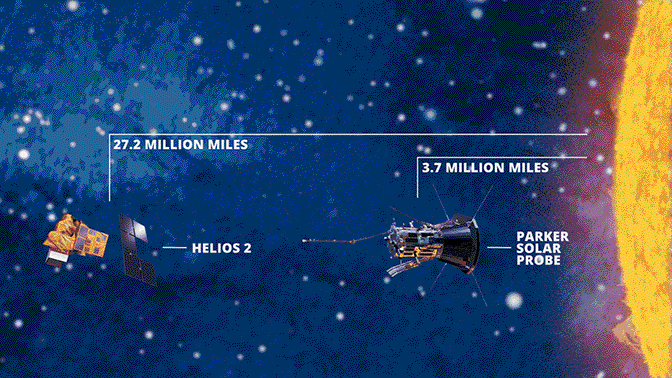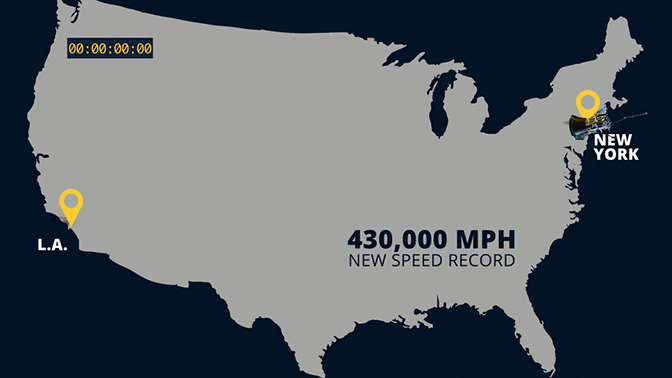Part 3: Parker’s record-breaking ride
The probe will make multiple passes through the corona, utilizing seven gravity assists from Venus to bring its orbits closer and closer to the sun.
The probe will make multiple passes through the corona, utilizing seven gravity assists from Venus to bring its orbits closer and closer to the sun.
Part 3 of 7. This is a seven-part series anticipating the launch of the first mission to the sun, NASA’s Parker Solar Probe. The University of Michigan’s Justin Kasper, a climate space science professor, serves as one of the principal investigators for the mission.
Officially, the mission of the Parker Solar Probe is to go to the sun and gather data that will help us protect Earth from solar weather.
But along the way, the spacecraft is going to be breaking records.

To get the data researchers need, the probe will need to get close to the sun – closer than any other man made object before it. At its closest pass through the solar corona, Parker is expected to come within 3.8 million miles of the surface.
That might not sound like a close encounter, but it’s over seven times closer than the previous manmade record-holder, which was 27 million miles from the sun’s surface.
Just after Parker cruises by Mercury, it will pass by Helios 2, the current record-holder. Launched in 1976, Helios was sent into space to study the sun – just like Parker. It stopped sending data back to Earth in the mid-1980s but remains in an orbit around the sun.
But Parker won’t be done making history at that point. Another record to be broken lies ahead.
The probe will make multiple passes through the corona, utilizing seven gravity assists from Venus to bring its orbits closer and closer to the sun.

“The only way we get close to the sun is to borrow energy from Venus,”said Justin Kasper, a principal investigator on the Parker mission and a climate and space sciences professor at the University of Michigan. “Each gravity assist lowers our perihelion, getting us closer and closer to the sun until, at the end of the mission in 2025, we close within 10 solar radii.”
During its final passes, Parker is expected to reach a velocity of 430,000 miles per hour, beating Helios 2’s previous record of 221,232 miles per hour. That pace would get you from Philadelphia to Washington D.C. in one second, or New York to London in 28 seconds.
Continue reading: “Part 4: Using the gravity of Venus to reach the sun”